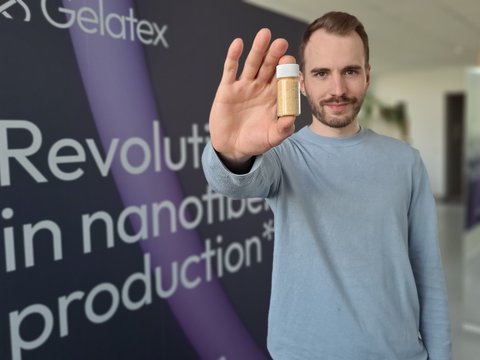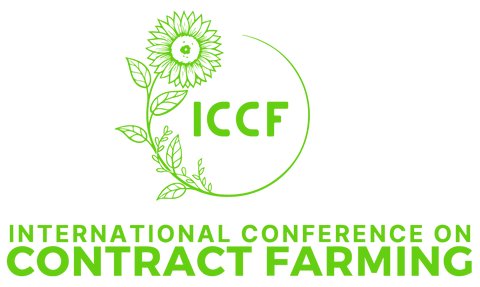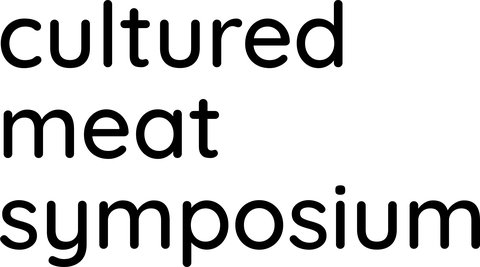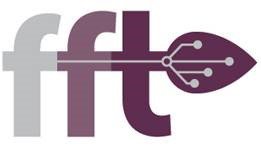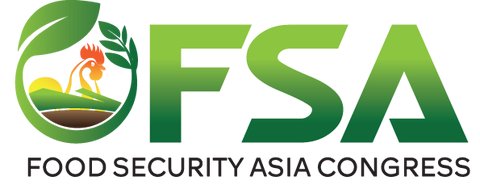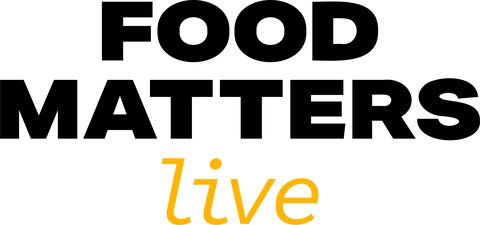Gelatex Awarded 760,000 Euro Grant to Develop Edible Microcarriers for Industrial Cultured Meat Production
May 11, 2023 - 3 min read
Tallinn, Estonia, 11 May 2023 — Gelatex Technologies, a materials technology company enabling industrial tissue engineering and cell culture, has received a grant of 760,000 euros from the Estonian Business and Innovation Agency to develop edible microcarriers and microcarrier production technologies for industrial cellular agriculture and cultured meat.
Microcarriers are a crucial component in the production of cultured meat, a process that involves growing animal cells in bioreactors to produce animal meat without the need for animal slaughter. However, the current microcarriers used mostly in the pharma industry are synthetic and inedible, therefore not suitable for cultured meat production. The market faces also several other challenges, including high cost, poor scalability, and low cell attachment and proliferation rates.
Gelatex's nanofibrous scaffolds and microcarriers provide a solution to these challenges, with a 90% cost reduction and better cell migration and adhesion properties. Gelatex's microcarriers are highly porous, edible (GRAS ingredients), and animal-free, making them ideal for hybrid or fully cell-cultured meat. They are also validated for cell adhesion, proliferation, and stability, suitable for muscle, connective, and adipose tissue, and non-degradable versions are suitable for cellular agriculture suspended bioreactors. Various cell lines, including pork, poultry, beef, fish, mollusks, and other cell lines, have been successfully cultured in Gelatex's microcarriers and scaffolds.
Furthermore, Gelatex's patented halospinning technology creates a 3D structure that imitates the natural extracellular matrix (ECM) better than alternative solutions, leading to a cell adhesion rate that on average is more than 80%, and reducing overall production costs.
The application of microcarriers is not limited to cultured meat. Microcarriers are also used in the production of vaccines, and regenerative medicine, as well as in drug discovery and screening. Gelatex's microcarriers have the potential to disrupt these industries by providing a more efficient, cost-effective and scalable alternative to traditional microcarrier solutions.
"With this grant, we aim to finalize our microcarrier recipes and optimize production technologies," said Märt-Erik Martens, CEO of Gelatex Technologies. "We are thrilled to receive this grant from the Estonian Business and Innovation Agency to further our work in developing highly efficient microcarriers and microcarrier production technologies for industrial cellular agriculture and cultured meat. Our nanofibrous scaffolds and microcarriers provide better cell migration and adhesion properties for cultured meat, wound care, and drug development companies, turning industrial tissue engineering and cell culture into a reality."
Gelatex Technologies has already received support from notable investors such as Techstars, Change Ventures, Crosslight Partners, Lifely VC, Climate Capital, Juha Rantala, and Christian Stiebner. The company is also raising additional funding to enter from piloting and R&D to the commercial phase and set up an ISO-certified production facility.
Gelatex Technologies is an experienced materials technology company from Estonia and the inventor of cost-effective technology for nanofiber production called halospinning. Their scalable platform technology enables the implementation of nanofibers in applications that were inapproachable until now such as scaffolds for cell-cultured meat, scar-reducing wound care materials, bio-based filtration materials, and more. Gelatex was founded in 2016 and has raised €2.5M in dilutive and non-dilutive funding.


